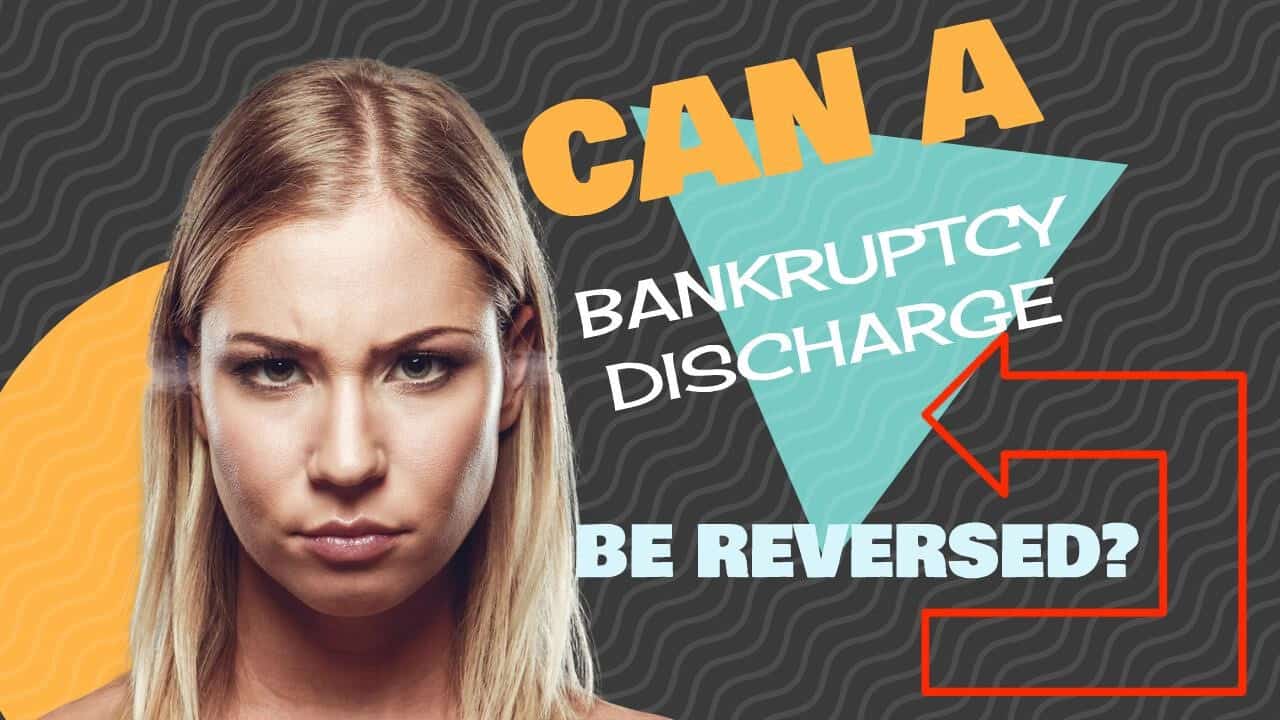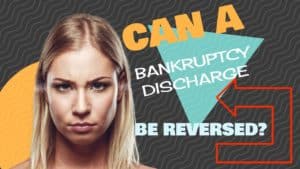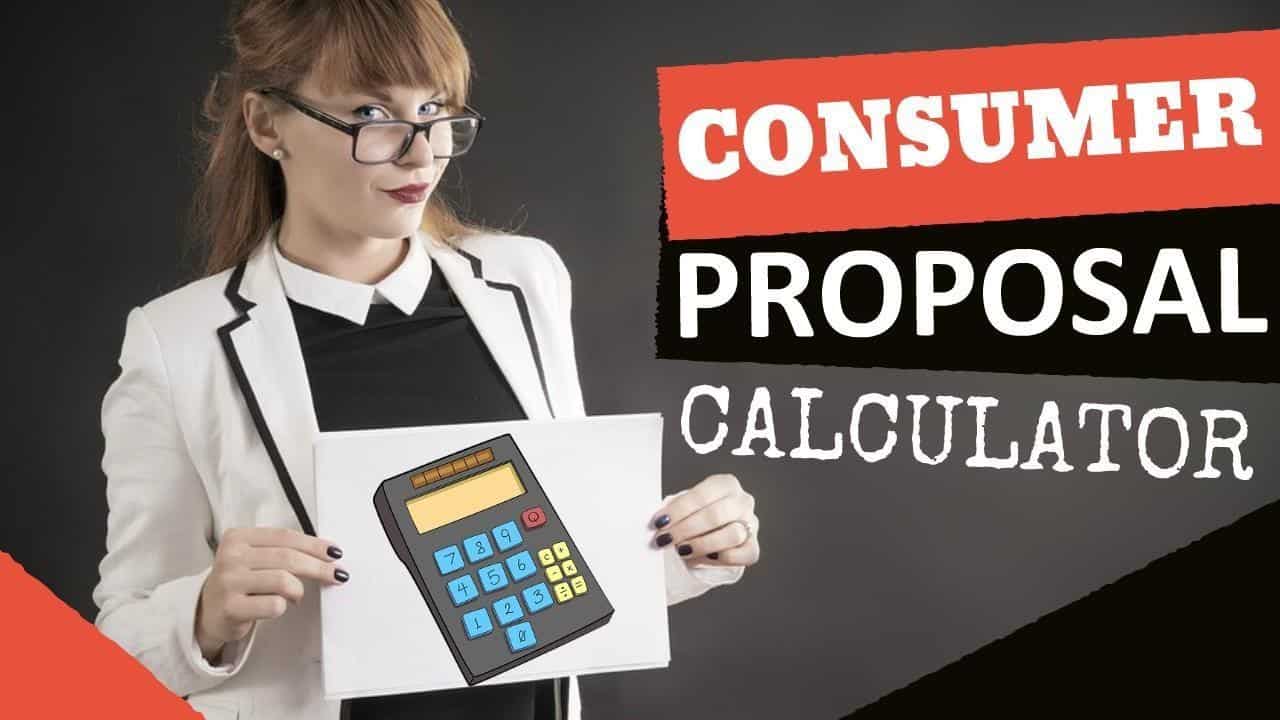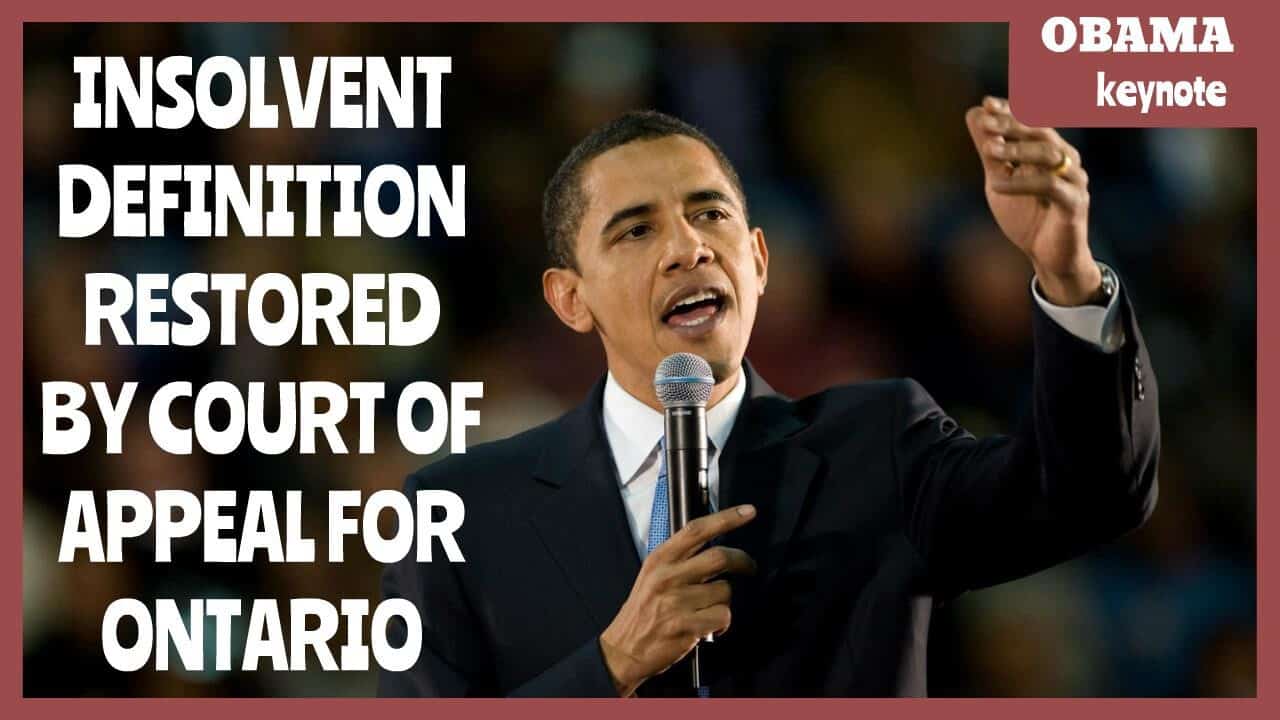 If you would prefer to listen to an audio version of this licensed insolvency trustees Brandon’s Blog, please scroll to the bottom and click on the podcast.
If you would prefer to listen to an audio version of this licensed insolvency trustees Brandon’s Blog, please scroll to the bottom and click on the podcast.
Licensed insolvency trustees introduction
From time to time I am asked an interesting question about licensed insolvency trustees and the bankruptcy process. The question is, can a bankruptcy discharge be reversed? The simple answer is, yes.
Most people then wonder how this could be possible. In order to understand how we should have a discussion of the bankruptcy discharge process. The best way is through a recent Court case I recently read.
Licensed insolvency trustees: The discharge process
It is the discharge when the person’s debts are erased. The debts are not “discharged” until that time. In order to get a discharge, the bankrupt has to live up to all of his or her duties.
The duties of a bankrupt include:
- make disclosure of and deliver possession of all his or her assets (other than for certain provincial exemptions) that is under his or her possession or control to the licensed insolvency trustee (Trustee) or to anyone the Trustee so directs;
- in such scenarios as are defined by the Office of the Superintendent of Bankruptcy, provide to the Trustee, for termination, all credit cards;
- supply to the Trustee all documents or files relating to the property of the person who has filed for bankruptcy;
- make full disclosure of all assets and liabilities to the Trustee by completing the sworn statement of affairs within 5 days of the date of bankruptcy;
- assist the Trustee in making an inventory of all property; make full disclosure to the Trustee concerning all property sold or otherwise transferred within 1 year prior to the date of bankruptcy;
- disclose any property sold or transferred at undervalue within 5 years prior to the date of filing;
- attend the first meeting of creditors if held;
- disclose current income and expense and continue monthly disclosure until discharged in order for the Trustee to calculate any surplus income requirement;
- if there is surplus income, to make all such payments to the Trustee in full; and
- to perform any other acts required by the Trustee or the Court, including, fulfilling any conditions of discharge issued by the Court.
Failure to perform any of the duties laid out in the Bankruptcy and Insolvency Act (R.S.C., 1985, c. B-3) (BIA), will result in the Trustee, and perhaps one or more creditors, opposing the bankrupt’s discharge. When there is an opposition, the Trustee will schedule a Court hearing date.
At the Court hearing, the Court can issue an absolute order of discharge, provide a discharge but with conditions to be fulfilled or even suspend the bankrupt’s discharge. Sometimes, there may be both a condition and a suspension, depending on the circumstances. In rare and bad circumstances, the Court could even refuse to hear the bankrupt’s application for discharge. Licensed insolvency trustees are expected to assist the Court by making a recommendation.
Mark Daniel MacFarlane bankruptcy
Section 180 (1) and (2) of the BIA states:
“Court may annul discharge
180 (1) Where a bankrupt after his discharge fails to perform the duties imposed on him by this Act, the court may, on the application, annul his discharge.
Annulment of discharge obtained by fraud
(2) Where it appears to the court that the discharge of a bankrupt was obtained by fraud, the court may, on the application, annul his discharge.”
On June 24, 2019, the Supreme Court of Nova Scotia In Bankruptcy and Insolvency released its decision in the bankruptcy case of Mark Daniel MacFarlane (Citation: MacFarlane (Re), 2019 NSSC 201).
This case is not complex. However, it does clearly shows that the answer to the question, “can a bankruptcy discharge be reversed?” is clearly yes.
Mr. MacFarlane had a surplus income obligation to pay to the Trustee for the benefit of his creditors the amount of $3,823.05. At the time he was entitled to a discharge, he still owed the Trustee the amount of $2,879.05. In every personal bankruptcy, licensed insolvency trustees must do the surplus income calculation. If it turns out that the bankruptcy is required to contribute to his or her bankruptcy estate through surplus income payments, licensed insolvency trustees must report to the Court if the bankrupt made all the required payments.
The bankrupt also owned at the date of bankruptcy, an automobile that the Trustee estimated had a forced liquidation value of $17,500. The Trustee had disallowed the claim of a creditor claiming security over the vehicle. That creditor did not appeal the Trustee’s decision.
So, equity in the vehicle was available. In such cases, licensed insolvency trustees must obtain that value. For some reason that the Trustee could not fully explain, he agreed to sell the vehicle to Mr. MacFarlane for $15,702.50 plus HST. The Trustee did not sell it for all cash, but rather, entered into a conditional sale agreement with the bankrupt. In other words, the Trustee gave him financing.
Mr. MacFarlane paid made various payments totalling $7,040.00, both before and after his discharge, leaving a balance of $8,662.50.
Mark Daniel MacFarlane discharge
Although now stated explicitly in the Court decision, it appears that when it came time for Mr. MacFarlane’s application for discharge, the Trustee opposed it. On June 1, 2018, the Trustee applied for his discharge.
For some unexplained reason, the Trustee decided to not collect the balance of the surplus income requirement. The Trustee asked the Court for his outright discharge. The Court gave Mr. MacFarlane his absolute discharge.
So now the bankrupt is discharged, but he still owed the outstanding money for the vehicle that was sold to him by the Trustee under a conditional sale agreement. Rather than paying off the amount owing, Mr. MacFarlane sold the vehicle out of province and pocketed the cash.
Licensed insolvency trustees can apply to Court to have a discharge reversed
So now the Trustee makes an application to Court to have Mr. MacFarlane’s discharge reversed. Officially, it is called having the discharge annulled. An annulment makes it as if the discharge never happened. So, if the Trustee is successful, Mr. MacFarlane will be back in bankruptcy. The Trustee also asked that the Court order the payment of the balance of what is owing on the vehicle, for a suspension of the discharge and an amount for costs and disbursements. Mr. MacFarlane represented himself in Court.
The Court was not overly impressed with either Mr. MacFarlane or the Trustee. The Court felt that not did he fail to carry out his responsibilities under the BIA, he actually acted in such a way to deny himself the advantage of any type of latitude the Court might have given him relative to those obligations.
The Court went on to say that his responsibilities under the BIA are not pointers or activities to be carried out when convenient or if life does not get in the way. It was obviously not his place to choose what he would and would not do. Concerning the automobile, it was not his to just sell it, pocket the cash, and tell the Trustee (and by extension his creditors) to go take a hike.
The Court was not too happy with the Trustee
The Court was at a loss to some of the Trustee’s behaviour also. There was no explanation given as to why the Trustee merely gave up on collecting all of the surplus income requirement. Likewise, there was no explanation why the Trustee would have given the bankrupt a discount off of the liquidation value of the vehicle. Such a look is not good for licensed insolvency trustees.
Quite rightly, the Court pointed out that in such situation, licensed insolvency trustees, and specifically this Trustee, should not have recommended to the Court that Mr. MacFarlane receive an absolute order of discharge. Rather, the Trustee should have insisted on a conditional order of discharge. The conditions would have been that the bankrupt pay off both the surplus income balance and the amount owing on the vehicle before being entitled to an absolute order of discharge.
The Court’s decision
The Court ordered that:
- Mr. MacFarlane’s discharge from bankruptcy be annulled, so now he is once again an undischarged bankrupt.
- He must pay the Trustee the $8,662.50 owing on the vehicle.
- The Trustee will collect $500 for disbursements in tracing what happened to the vehicle from Mr. MacFarlane also.
- There will not be an automatic discharge once he pays the $9,162.50 to the Trustee. Rather, the bankrupt will have to apply to the Court for his discharge and there will be another discharge hearing.
- Since the Court was not asked to revisit the balance owing on surplus income, the Court didn’t review that again.
- The request of the Trustee for $5,000 as a censure of the bankrupt’s behaviour was denied. The Court said that this situation was caused in part by the Trustee allowing the surplus income requirement to be waived and agreeing to an absolute discharge.
Although not part of the Order, the Court strongly stated that any costs in the additional work done by the Trustee now, and the disposition of the amount to be received once finally paid, will be reviewed by the Court.
The Court emphatically intimated that since the Trustee’s actions were in part to blame for this situation, the Court was going to make sure that part of the $9,162.50 will go to the creditors when the Trustee comes back to Court to have its accounts taxed.
Licensed insolvency trustees conclusion
So there you have it on licensed insolvency trustees. Can a bankruptcy discharge be reversed or revoked? As we see in this case if the discharge was improperly obtained because the bankrupt did not fulfill all of his or her duties, YES. Similarly, if it can be shown that a discharge was obtained through fraud or fraudulent conduct, the discharge can be annulled in that case also.
Whenever I sit down with a person to talk about his or her insolvency, or with an owner of a company to discuss business financial problems, I make sure that we have an entire discussion. I not only talk to them about what process I recommend for their unique situation, but I also walk them through the entire process and what all the rights and responsibilities are. For personal insolvency, this includes the discharge process.
Are you or your business experiencing money troubles? Are you on the verge of bankruptcy? Do not wait till it is far too late to understand how you can restructure your financial affairs and avoid bankruptcy. You do not need to be one more person or company declaring bankruptcy in Canada.
As licensed insolvency trustees, we are the only specialists certified, accredited and overseen by the federal government to provide insolvency guidance and to apply remedies under the BIA. We will certainly help you to choose what is best for you to release you from your debt problems.
Call the Ira Smith Team today so we can get rid you of the stress, anxiety, pain and discomfort that your money issues have created. With the distinct roadmap, we establish simply for you, we will without delay return you right into a healthy and balanced problem-free life, Starting Over Staring Now. Call the Ira Smith Team today.


